After the longest running inquiry to date in the North, coroner Mrs Justice Keegan finally cleared the names of 10 innocent people killed in the Ballymurphy massacre almost 50 years ago.
The inquests were treated as five separate incidents which occurred over three days in the immediate wake of the British security forces launching Operation Demetrius on August 9th, 1971 – the mass arrest and imprisonment without trial of people suspected of IRA involvement.
Here is what Mrs Justice Keegan found:
Francis Quinn and Fr Hugh Mullan
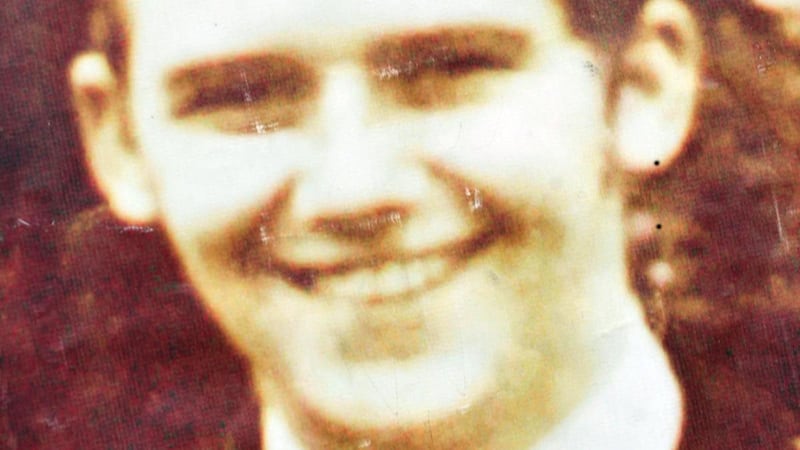
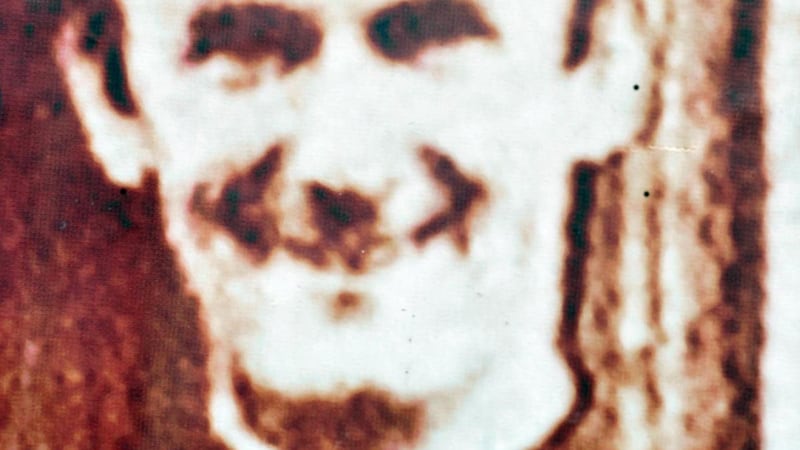
The pair were “innocent men, not armed or acting in any untoward manner,” Mrs Justice Keegan found.
The coroner rejected a submission from Britain’s Ministry of Defence that they may have been shot by other gunmen in the area at the time, based on ballistics and pathology evidence.
On the balance of probabilities, both Francis Quinn (19) and Fr Hugh Mullan (38) were shot by the British army.
Evidence was compelling that the bullet which killed Mr Quinn had passed through someone else, after being fired from a high velocity weapon.
Mrs Justice Keegan said she accepted Mr Quinn had gone to help an injured person.
In relation to the killing of Fr Mullan, the “facts in his case are stark”.
“I’m quite convinced he was a peacemaker, he went to help an injured man and he had warned the army what was happening,” she said.
Mrs Justice Keegan said she was convinced he was holding either a white cloth when he was shot twice in the back.
There had been “silence” in relation to this killing from military witnesses which was “surprising” as the shooting of a priest would have been discussed by soldiers at the time.
At the time he was shot “it was still light and it was clear he was a priest”.
Neither Mr Quinn or Fr Mullan were armed and it was probable they had gone to help an injured man when they were shot.
It was undeniable that families – including women and children – were fleeing from Springfield Park across the field and there was panic when people came under fire.
On the basis of the evidence, she was not satisfied the shootings in the vicinity of Mr Quinn and Fr Mullan were justified nor were the deceased acting in any way to cause anyone fear.
Even if there were gunmen in the field, the use of force was clearly disproportionate.
Soldiers were in a “safe, protected position” in nearby elevated flats.
The military’s yellow card rules ensure the least amount of force is used to protect lives. “This was not adhered to,” she said.
Mrs Justice Keegan also criticised a lack of military evidence about the killings, saying efforts to get evidence, including a list of which soldiers had fired on the day, had been “hampered” and were “not forthcoming” .
In conclusion, she said the use of force, which caused the two deaths, was more than necessary to deal with the risk.
Joan Connolly, Daniel Teggart, Noel Phillips and Joseph Murphy

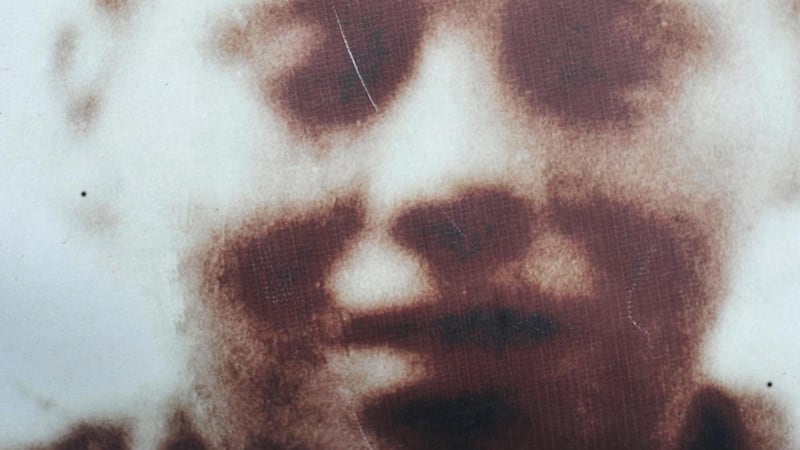


“The evidence establishes that the deceased were unarmed and posing no threat. They were innocent people,” said Mrs Justice Keegan.
Each of the deceased were shot by the British army who were stationed in the nearby Henry Taggart Hall.
Mrs Justice Keegan said it was “very unfortunate” she had not heard accounts from soldiers involved on the day and that no one explained the military response which led to the four deaths.
She said she was satisfied there was some IRA activity in the area at the time, but she did not believe there were a large number of IRA men, but there was some evidence that shots were fired at the army.
Mrs Justice Keegan said she accepts soldiers are entitled to protect themselves and the fact there was some engagement with gunmen, but there was no evidence the deceased were linked to any activity or even in proximity to any activity.
None of the deceased were claimed by the IRA or had any paramilitary trappings at their funerals. The military as trained soldiers must act within legal parameters and there has to be a minimisation of risk to protect life .
While she was prepared to accept force may have been justified in engaging IRA activity, the accounts of a person or people shooting at the army do not relate to the deceased.
Medical evidence about the treatment of mother of eight Joan Connolly (44) was “graphic and disturbing” and there was a “basic inhumanity in leaving her in the field for so long and how she was transported to the hall”.
There was evidence Joseph Murphy (41) was handled with “some insensitivity in the hall and his family were badly treated”.
While she did not go as far as to say there was brutality against the dying and deceased, she said “some personnel were triumphant and abusive” to those brought to the hall for treatment.
There was no weapon found near Daniel Teggart (44) and she was not satisfied with a military suggestion that there was ammunition found on him when his body was recovered.
Fundamentally, she could not understand why there would have been no further examination of the alleged ammunition that would have connected it to Mr Teggart.
“This was quite an amount of ammunition, but was not mentioned by those who recovered the bodies… this would have been quite a revelation.”
While she wholeheartedly accepted military witnesses saying they felt frightened and under attack, with many young men saying they were just obeying orders, there does not appear to have been clear guidance as to what they should do.
Mrs Justice Keegan said she did not lose sight of the fact that others who were armed had put civilians at risk of danger in the area, but the army as trained soldiers had a duty to protect lives and minimise harm.
“The use of force was clearly disproportionate given the number of civilians around in a highly charged atmosphere.” The army was in a protected position in the hall.
The fatal shootings must have been carried out by soldiers of the Parachute Regiment stationed at Henry Teggart Hall.
Edward Doherty
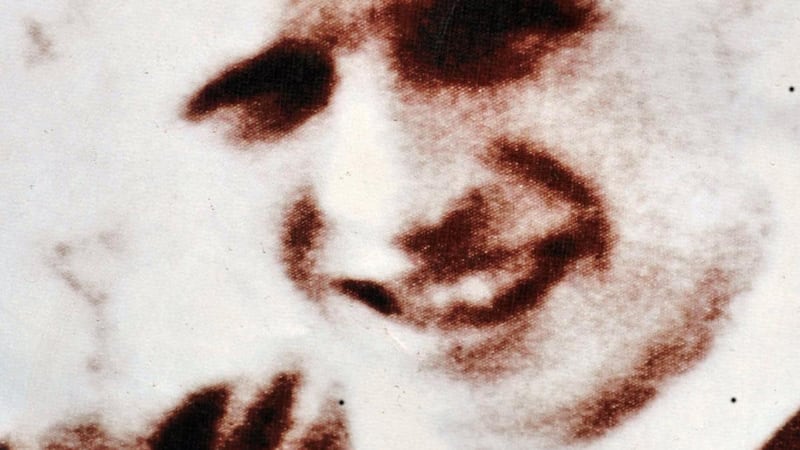
“He was an innocent man who posed no threat,” said Mrs Justice Keegan.
“He was on the street and came across all of this on his way home and was probably stopped talking to someone and thinking about what to do next.”
A former soldier, referred to as M3, told the inquests he fired on a petrol bomber on the Whiterock road near where Edward Doherty (31) was killed. He later said he may have missed and hit someone else.
A crowd of probably more than 50 had gathered just before Mr Doherty was shot and there was “hostility toward the army with missiles being thrown” around a barricade that had been set up.
Mrs Justice Keegan ruled out Mr Doherty being the petrol bomber, adding that M3’s evidence was “hard to comprehend” and that he gave “different accounts at different times”.
“The most likely scenario is M3 fired around the area of the barricade, using a powerful Sterling sub-machine gun.”
Mr Doherty’s wound was consistent with “flinching, crouching or looking over his left shoulder” when he was struck.
“Mr Doherty was not associated with any terrorist group.”
Mrs Justice Keegan was satisfied M3 held an “honest and reasonable belief that his life was in danger” and she was therefore prepared to accept some force was justified against the petrol bomber in the area, “however, in my view his actions went beyond that.”
The soldier probably fired a number of shots towards the barricade although he “knew that there were people other than the petrol bomber in the area.”
“I am satisfied the use of force by M3 was disproportionate to the risk posed to him.”
“Unfortunately, Mr Doherty was caught up in this incident and lost his life as a result.”
John Laverty and Joseph Corr
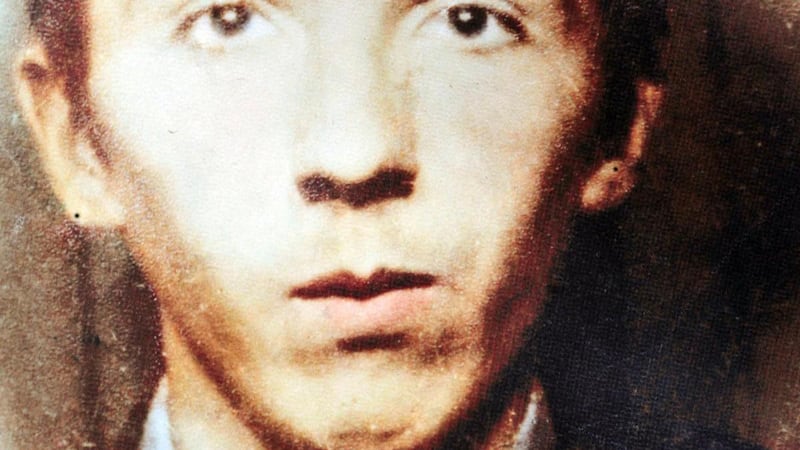
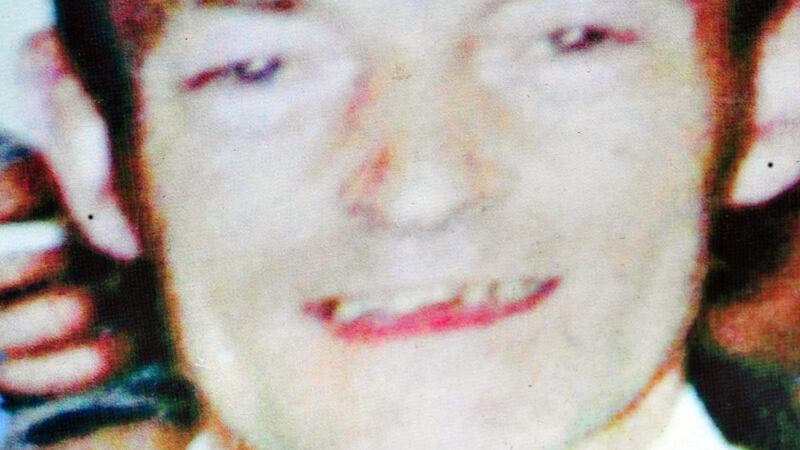
John Laverty (20) and Joseph Corr (43) were “clearly both shot in the back while crouching, crawling or prone”, Mrs Justice Keegan found.
Both were killed by one shot each by the British army when they were on or near the pavement at Whiterock Road. There was no evidence of guns found on or near them.
“It is wrong to describe these two men as gunmen and that rumour should be dispelled,” said Mrs Justice Keegan.
There were rumours at the time that Protestants or soldiers were making an incursion in the area, and neighbours were banging bin lids off the ground to raise the alert.
Because of this people were coming out on to the streets, the “instinct of people to see what was happening and protect their community”.
There was no evidence of a riot at the time, and people walked up the Whiterock Road as they thought there was “an invasion coming from the direction of the mountain”.
There were military claims that men were shot as gunmen were crawling along the Whiterock Road, but there was no evidence of any gunmen near where the two men were shot.
As they were shot in the back, they clearly weren’t facing their shooter.
Mrs Justice Keegan said the lethal fire must have come from C Company of the 1st Battalion of the Parachute Regiment.
It is a “great pity that I have heard no evidence” from the relevant military on their actions on that day.
There was a failed and inadequate investigation into the killings and there were “crucial” battalion logs that have gone missing.
“I do not go as far as to say there was a conspiracy but there were serious failings,” said Mrs Justice Keegan.
There was “no justification for the shooting of the two”.
John McKerr
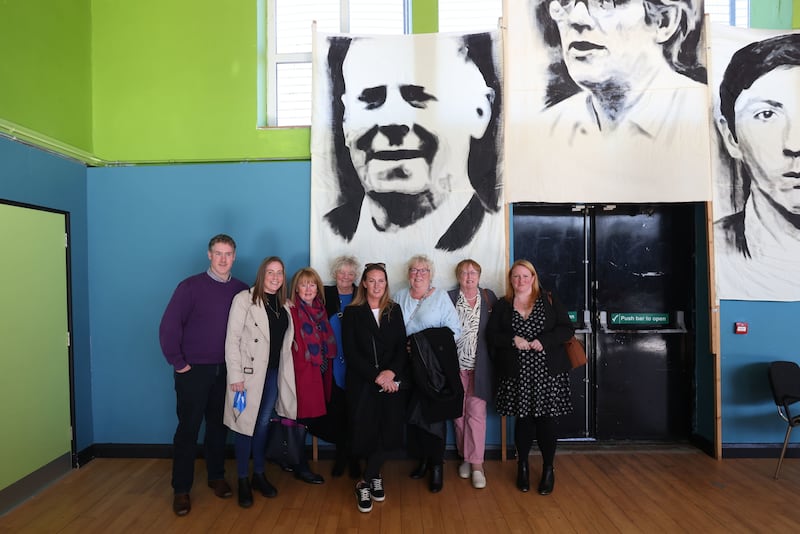
“I have no hesitation in stating [John] McKerr was an entirely innocent man,” said Mrs Justice Keegan. “He was going to and from work, when he was indiscriminately shot on the street.”
Mr McKerr (49), a joiner, was working in the Corpus Christi Church when he left as a funeral was taking place. Shortly afterwards the parish priest heard two shots ring out.
The victim was shot in the head from behind. The fatal shot was fired from some distance.
It was impossible in this case to say where any shots may have come from as the evidence was not consistent and clear, and Mrs Justice Keegan was “hampered by the inadequacy of the investigation [into the killing] at the time”.
It was a possibility that the shots were fired from the army or some other source. There was evidence of UVF activity in the area at the time.
One witness who saw him fall thought the shot came from Corry’s Yard, where there was an army post. Other witnesses said something similar, but there was no certainty.
A stray bullet could also not be ruled out “given the tense atmosphere at the time”.
“It is shocking that there was no real investigation into the death of this man at the time,” said Mrs Justice Keegan.
“Not one statement was taken from the military in the area, the scene was not sealed, the bullet was not recovered.
“This abject failing by the authorities to properly inquire into the death of a civilian on the streets has hampered me greatly as I can not say with certainty how his death occurred.”
Mrs Justice Keegan said it was “quite clear but very important” to say Mr McKerr had no association with the IRA.
“He was a proud military man... to have such aspersions cast over his character must have been particularly painful for his family over the years that have past.”




